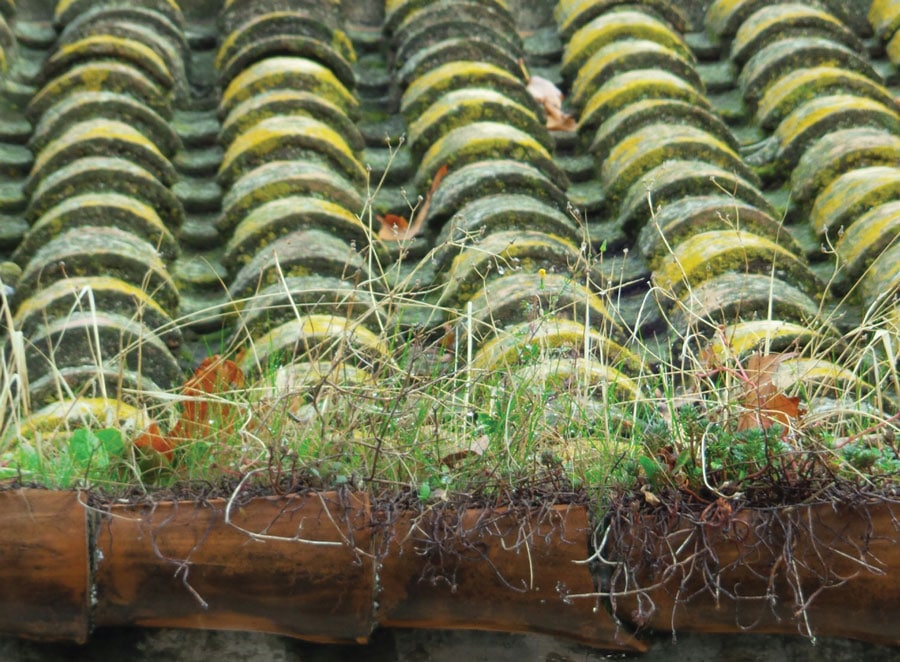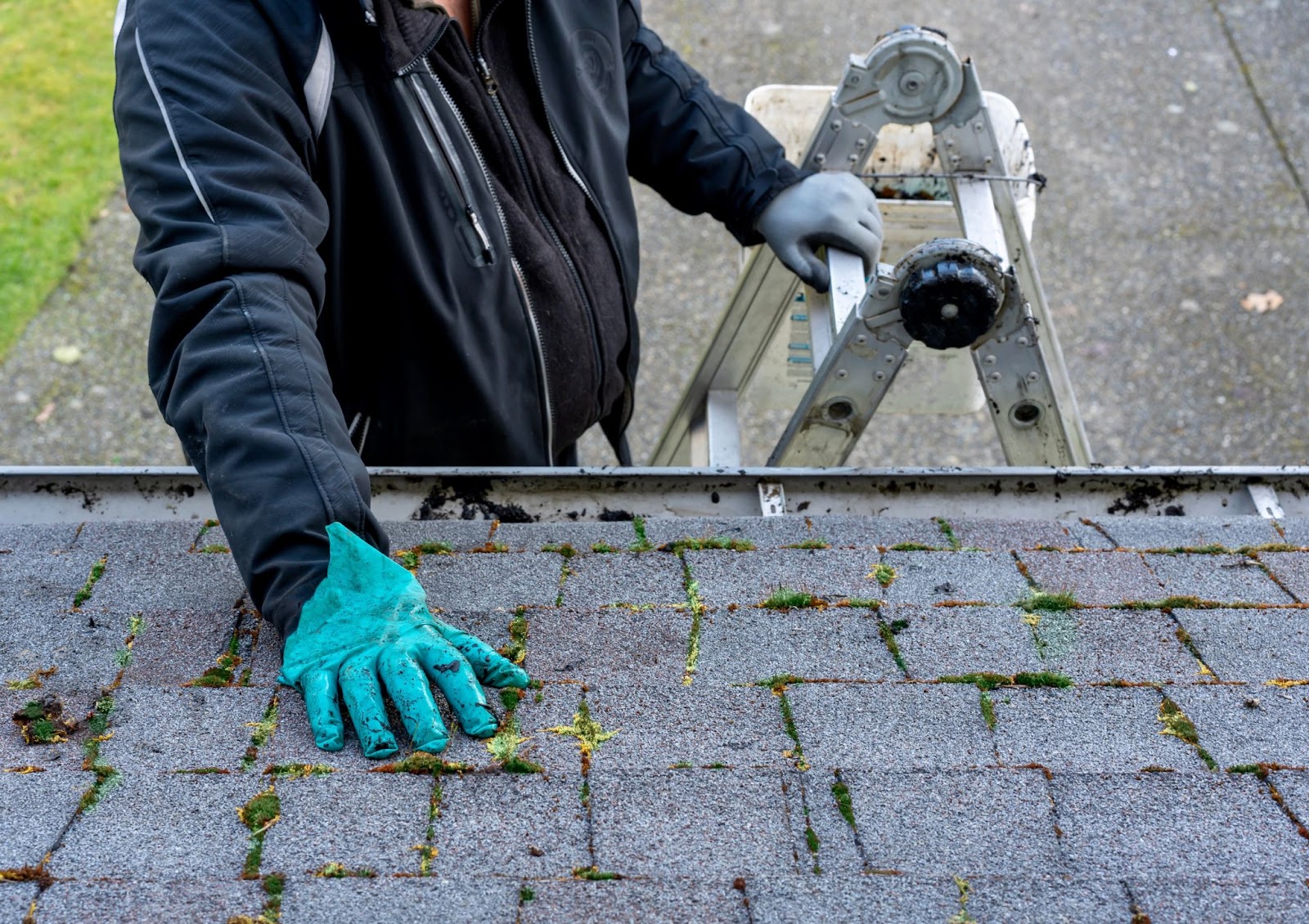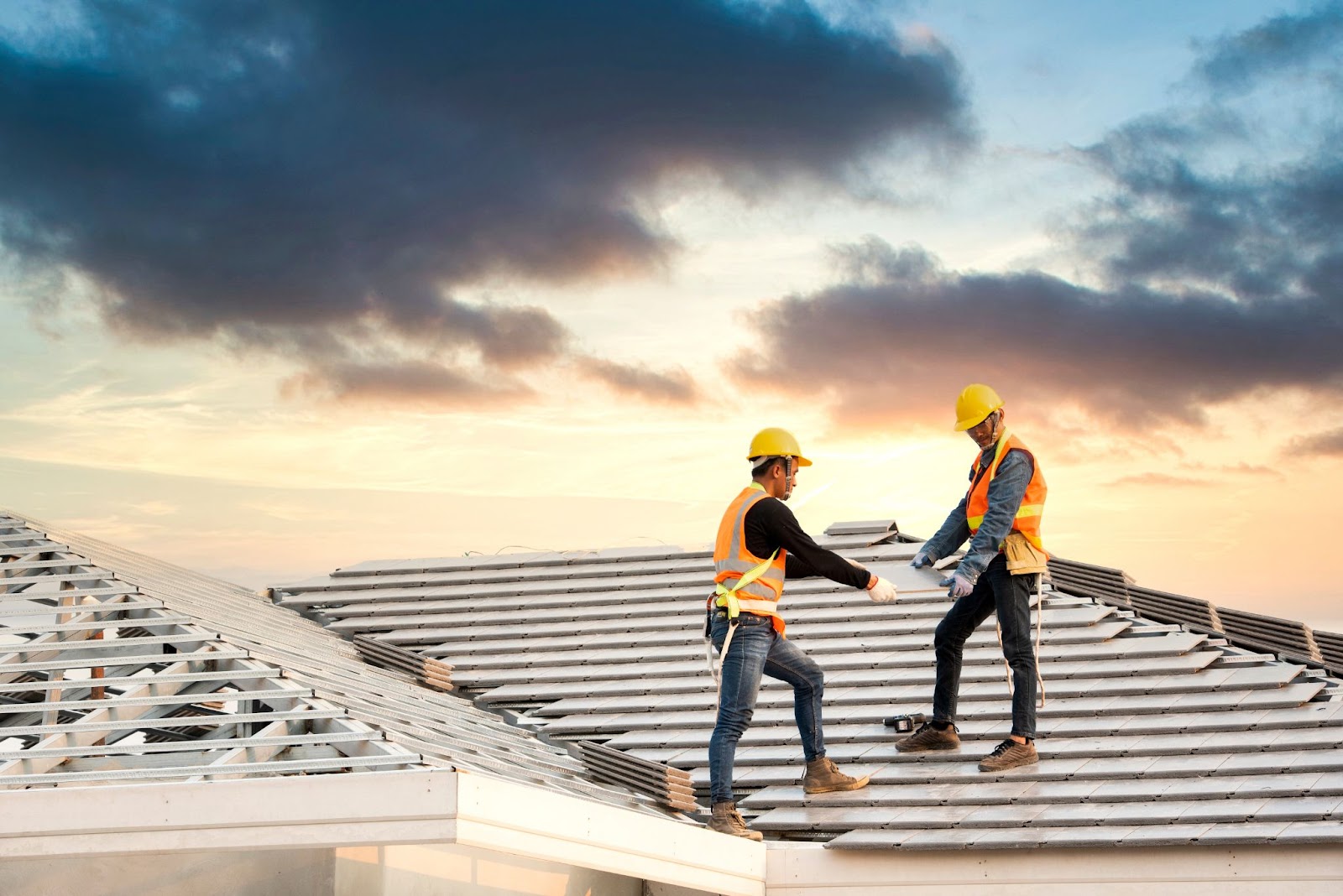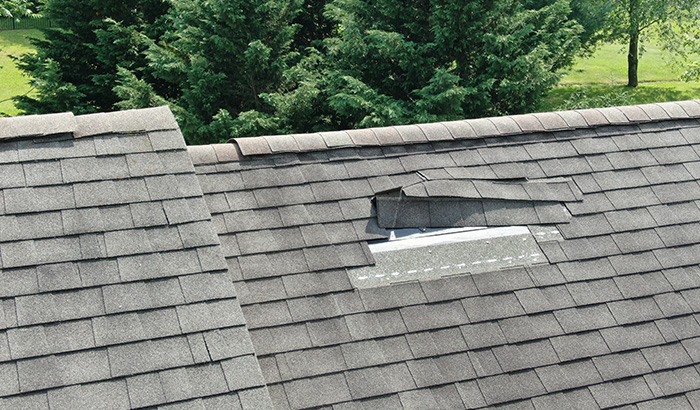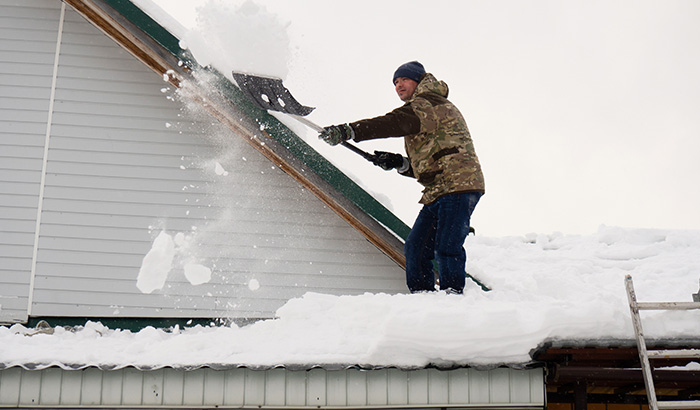Roof maintenance is an integral part of being a homeowner. You may not think much about it until something happens, and damage occurs. Every year, millions of homeowners in the U.S. replace their roof, likely because of damage or because it has reached the end of its lifespan. Today, you’ll discover everything you need to know about roof maintenance to ensure your roof lasts a long time.
If you’ve lived in a home for a long time or are planning on moving to a home, you may not think about the roof or how old it may be. Can you tell, though, how old a roof is just by looking at it?
In this blog, we’ll talk about clues that let you know how old a roof is, as well as know when it’s time to repair or replace it.
How Long a Roof Lasts
Roofs typically last a long time, with the usual asphalt shingle roof lasting between 15 to 25 years. Of course, it depends on the type of installation and whether it’s sustained significant damage to know just how long a roof may ultimately last. There’s only one way to really know how old a roof is—by keeping a record of when it was last repaired or replaced. That can be difficult if you’re a new tenant; however, there are some warning signs you can look for to see the condition of your roof.
Inspecting a Roof
Before you purchase a home or building for your business, it’s important to inspect the exterior, including the roof’s condition. Also, if you’re working with an agent, ask for the “Seller’s Description of Property” and the “Disclosure Statement”. These documents will give you a good idea of the roof’s condition, along with any damage that’s occurred over its lifetime.
Here are seven signs of a roof’s age:
Leaks and water damage – If there are any active water leaks or signs of water damage on the interior walls or ceiling of your top floor, this is a good indication the protective layer of shingles is faulty.
Curled or buckled shingles – If you see shingles that have begun curling or buckling, this is another sign of an old roof. Also, see the parts of the roof that get the most sunlight to see if there is any warping or loose granules.
Roof flashing – Look for lifting or separating of the roof flashing, aside from missing or rusted flashing, which are all signs of an aging roof and which could allow water into your home. If the existing flashing is roof cement or tar, consider replacing with metal fittings.
Gutter-filled granules – It’s normal for a small amount of granules from shingles to land in your gutters; however, large amounts can spell the end of a roof’s lifespan.
Missing shingles – High winds can damage shingles, causing them to loosen; but, it can also signal that the underpinnings are wearing down. If you see a loose shingle, see if the tabs are intact.
Roof Valleys – Water flows through these areas often. If there are missing shingles in this area or you see signs of a lot of wear, these signs indicate old age and an increased risk of roof leaks.
Light through roof boards – Last, but not least, climb up to the attic or crawlspace beneath the roof and observe if any light is filtering through the roof boards. Also, look for any signs that insulation is suffering from water damage, including mold or mildew.
Contact We Do Roofing Salt Lake City
If you see any of these signs, contact us to have a qualified roofing contractor come and inspect your roof. They can determine if it needs repairing or replacement. At We Do Roofing Salt Lake City, our staff can set up an appointment that’s convenient for you, so call us today.

